Accessibility will have a new face at the Olympic and Paralympic Village in Greater Paris.
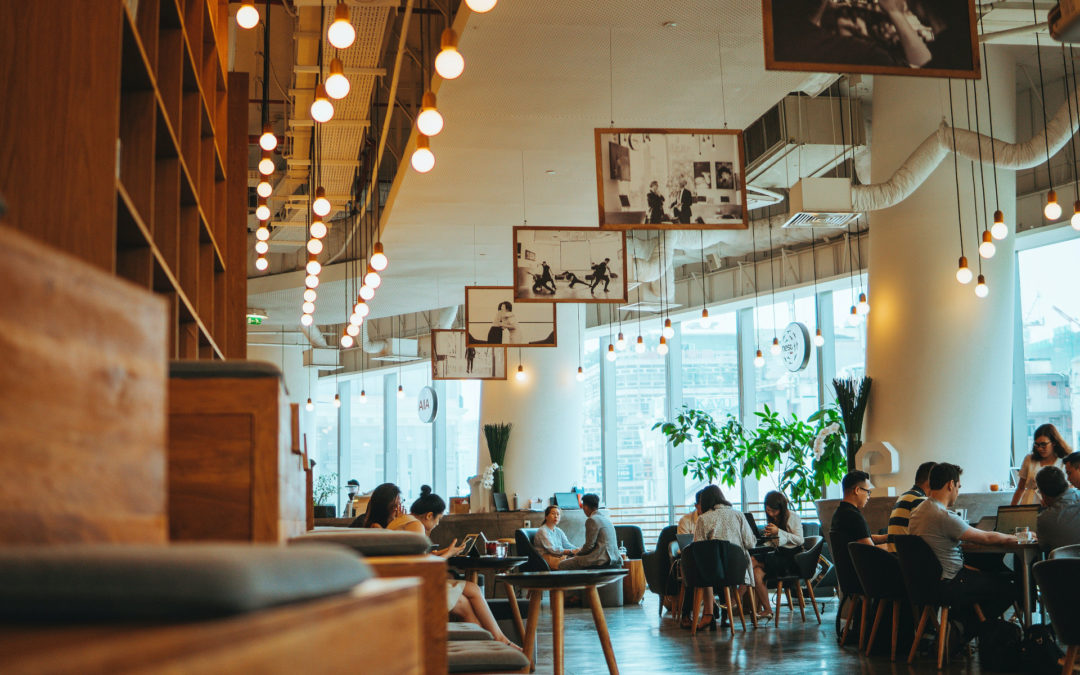
What You Need to Do to Ensure Accessibility for Deaf People at Public Venues
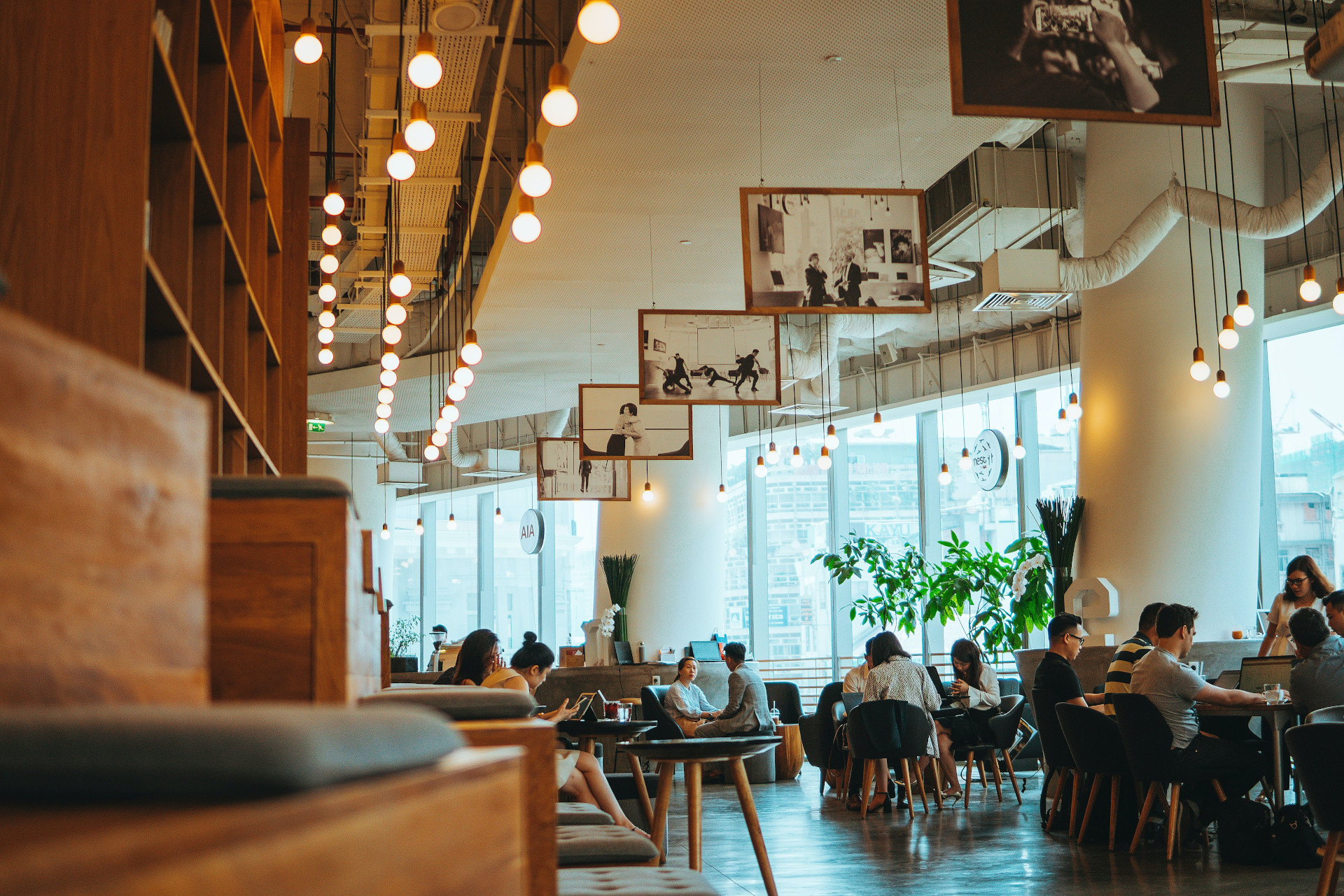
What You Need to Do to Ensure Accessibility for Deaf People at Public Venues
Si votre établissement accueille du public, l’accessibilité aux personnes sourdes n’est pas à prendre à la légère ! Comment rendre votre établissement accessible aux personnes malentendantes ? Que devez-vous mettre en œuvre pour être conforme à l’ADA ?
Les personnes sourdes sont confrontées à trois types de difficultés lorsqu’elles fréquentent un lieu, qu’il s’agisse d’un restaurant, d’un magasin ou d’un musée : accéder à l’information par les moyens appropriés, se déplacer dans le lieu et communiquer avec le personnel. Les obstacles à l’accessibilité doivent être supprimés pour qu’elles puissent profiter pleinement de votre lieu. Considérez cela comme une opportunité de toucher d’autres clients. N’oubliez pas que des clients satisfaits sont plus susceptibles de revenir et de faire connaître un lieu qui répond à leurs besoins !
Voyons comment répondre aux besoins de vos clients sourds et malentendants ! Nous avons répertorié tous les équipements et équipements nécessaires pour les accueillir au mieux !
Accessibilité pour les personnes sourdes : que dit la loi ?
Vous connaissez peut-être déjà l’Americans with Disabilities Act, également appelé ADA . Établie en 1990, cette loi interdit toute discrimination fondée sur les capacités ou les handicaps. Son objectif est de garantir que les personnes handicapées aient accès aux mêmes droits et services que toute autre personne.
S’appliquant spécifiquement aux lieux publics, l’ADA exige que les bâtiments et les services soient accessibles aux personnes handicapées. Si votre lieu figure dans la liste ci-dessous, vous êtes concerné :
⊗ Commerces et centres commerciaux ,
⊗ Hôtels,
⊗ Bars et restaurants,
⊗ Hôpitaux,
⊗ Banques
⊗ Collèges et universités,
⊗ Les services publics tels que les mairies,
⊗ Parcs d’attractions,
⊗ Lieux de culte,
⊗ Installations sportives comme les stades
⊗ Lieux culturels tels que musées , cinémas…
Qu’il s’agisse d’un bâtiment existant ou d’un nouveau bâtiment, il existe des solutions simples pour que votre lieu soit conforme à l’ADA.
Comment rendre votre lieu accessible à la communauté sourde ?
Pour mieux comprendre l’accessibilité, imaginez-vous au volant d’une autoroute : vous profitez d’un trajet fluide et parfait, sans obstacles ni nids-de-poule. Chaque sortie est signalée et facilement accessible pour poursuivre votre trajet.
Ou, pour une approche plus sobre, vous pouvez appeler ce concept par son nom habituel : une chaîne de mobilité fluide . Cela s’applique à toutes vos catégories de clients, qu’ils soient handicapés ou non. Ils doivent pouvoir se déplacer facilement du point A au point C.
Cela implique que le point B relie correctement les points A et C. En gardant cela à l’esprit, vous pourrez facilement visualiser les obstacles à l’accessibilité à supprimer dans votre établissement.
Voyons plus précisément les trois points de rupture où vous devez prêter attention !
Fournir des informations accessibles aux clients sourds et malentendants
Dans un monde où l’audio est le moyen le plus courant de diffuser l’information, la communauté sourde est exclue. Heureusement, il existe d’autres moyens d’améliorer l’accessibilité pour les personnes sourdes !
Accessibilité du Web
Vos visiteurs sourds n’ont peut-être jamais visité votre établissement et ont besoin de se familiariser avec celui-ci au préalable. Ils peuvent effectuer des recherches directement sur votre site web. Vous pouvez les aider à appréhender votre établissement en mettant l’accent sur l’ accessibilité web .
C’est d’ailleurs une exigence de l’ADA. Pour la communauté sourde, cela signifie fournir des vidéos sous-titrées ou avec une transcription, ainsi que plusieurs moyens de contact si les utilisateurs sourds ont besoin de parler à quelqu’un.
Le téléphone est la méthode habituelle, mais vous pouvez également inclure d’autres options comme l’e-mail, le chat en direct ou les SMS. Ainsi, si une personne sourde a besoin de plus d’informations, elle peut facilement vous contacter et communiquer avec vous.
Informations visuelles et textuelles
Comme il est impossible d’utiliser l’audio pour informer les personnes sourdes ou malentendantes, privilégiez les informations visuelles et textuelles.
Assurez-vous que toutes les informations nécessaires, telles que les horaires d’ouverture et les points d’intérêt de votre établissement (réception, toilettes…), soient facilement lisibles et identifiables grâce à une signalétique adaptée.
Vous pouvez combiner des informations textuelles et des pictogrammes. C’est le meilleur moyen pour vos clients sourds d’accéder au service adéquat.
Toute vidéo que vous pouvez afficher doit être sous-titrée ou accompagnée de sous-titres.
Améliorer la navigation au sein de votre établissement
Bien sûr, grâce à une signalétique claire et des pictogrammes, vos clients sourds peuvent s’orienter dans votre établissement en toute autonomie. Être autonome et indépendant permet à vos clients d’appréhender votre établissement librement, à leur rythme, sans avoir à solliciter constamment un membre du personnel.
Si vous gérez un centre commercial ou un grand espace labyrinthique, n’oubliez pas qu’il peut être difficile pour vos clients malentendants de s’orienter. Ils peuvent se sentir dépassés et frustrés. Vous pouvez les aider à découvrir une application de navigation intérieure comme Evelity . Elle a été spécialement conçue pour répondre aux besoins des personnes en situation de handicap, quel que soit leur profil. Ainsi, pour les personnes malentendantes, l’application se concentre uniquement sur des instructions textuelles et des icônes pour les guider.
Evelity s’adapte aux transports en commun : elle est déjà pleinement déployée dans le métro de Marseille et équipe même la station Jay St-MetroTech à New York. Mais l’application d’orientation peut également s’appliquer aux musées où, en plus des instructions de navigation, elle fournit du contenu culturel sur les œuvres exposées. La Fondation Luma d’Arles, en France, a choisi Evelity pour guider ses visiteurs en situation de handicap, prouvant ainsi que la culture peut être accessible à tous.
Communiquer efficacement avec les personnes malentendantes
C’est probablement le problème le plus complexe en matière d’accessibilité pour les personnes sourdes. Examinons toutes les solutions possibles !
Personnel qualifié
Votre personnel a un rôle essentiel à jouer pour accueillir les personnes malentendantes et leur offrir la meilleure expérience possible. C’est pourquoi il doit être formé à l’accueil des personnes en situation de handicap. Consultez notre article « 12 conseils pour accueillir une personne sourde ou malentendante » ! Même un geste simple, comme faire porter à vos employés un badge avec leur titre de poste, peut s’avérer utile !
Un bon conseil est de parler clairement et distinctement pour les personnes sourdes qui savent lire sur les lèvres. Utilisez également un vocabulaire courant, sans jeux de mots, afin que l’interprète en langue des signes américaine (ASL) puisse facilement traduire ce que dit votre équipe à la personne sourde avec laquelle il travaille.
Équipement pour les personnes malentendantes
Les boucles d’induction audio ou systèmes d’amplification améliorent la qualité auditive des personnes portant des appareils auditifs. Ils sont faciles à installer et à utiliser. Assurez-vous toujours que votre réception ou votre point d’information en soit équipé.
La technologie pour améliorer l’accessibilité
La technologie peut assurément être un outil puissant pour l’accessibilité des personnes sourdes, notamment grâce aux smartphones. De nombreuses applications fournissent la communauté sourde à comprendre et à être comprise par les personnes entendantes grâce à l’intelligence artificielle . L’IA est devenue un véritable atout pour améliorer l’accessibilité et l’inclusion ! Vous pouvez faciliter la communication entre votre personnel et vos clients sourds en équipant vos employés de smartphones professionnels équipés d’applications de transcription instantanée comme Ava. Cette application permet de transcrire les conversations entre personnes entendantes et malentendantes. Grâce à Ava, vos employés n’ont pas besoin d’apprendre la langue des signes américains pour comprendre les clients sourds, et ces derniers n’ont pas besoin de lire sur les lèvres ce que disent vos employés.
Les deux parties peuvent suivre une conversation sans se sentir frustrée.
Vous demandez probablement comment communiquer avec eux par téléphone. Pas d’inquiétude, vos clients sourds ou malentendants ont probablement installé RogerVoice sur leur smartphone. Cette application sous-titre directement toutes leurs conversations.
Vous savez maintenant tout ce qu’il faut faire pour améliorer l’accessibilité de votre établissement aux personnes sourdes ! Comme vous le constatez, des solutions existantes pour lever les obstacles à l’accessibilité. Faites la différence et assurez à vos clients sourds la meilleure expérience possible !
Vous souhaitez en savoir plus sur la déficience auditive ? Plongez au cœur de l’actualité :
media
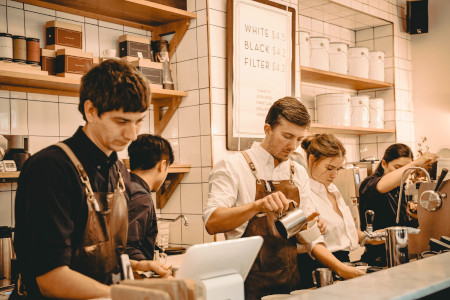
In a world where audio is the most common way to provide information, then the deaf community is excluded. Luckily, there are other ways for you to enhance accessibility for deaf people!
writer

Carole Martinez
Content Manager
stay updated
Get the latest news about accessibility and the Smart City.
other articles for you

Open Data Is Key to Fostering Universal Accessibility
Open data represents an opportunity for cities to reach universal accessibility. It shows the missing links of the mobility chain.
Our Audio Beacons Guide the Blind and Visually Impaired at the Helsinki Subway
The Helsinky subway improved their audio signage system by installing on demand and remotely activated audio beacons.
7 Good Reasons to Install Audio Beacons at Your Public Transport Network
Audio beacons are an efficient way to provide more autonomy to blind and visually impaired people. They can easily use public transport.

Will Remote Activation Become the Norm for Accessible Pedestrian Signals?
More and more cities like New York have been exploring remote activation to trigger accessible pedestrian signals.
share our article!
more articles

Disability Statistics in the US: Looking Beyond Figures for an Accessible and Inclusive Society
Disability Statistics in the US: Looking Beyond Figures for an Accessible and Inclusive Society Around 61 million adults in the United States live with a disability. Diving into disability statistics in the US will help us know exactly who is concerned and what...
Our Audio Beacons Guide the Blind and Visually Impaired at the Helsinki Subway
Our Audio Beacons Guide the Blind and Visually Impaired at the Helsinki SubwayOur audio beacons equip the new line of the Helsinki subway in Finland. They help blind and visually impaired people locate the points of interest of a station. For users with visual...

At What Intersections Should You Install Accessible Pedestrian Signals?
At What Intersections Should You Install Accessible Pedestrian Signals? When you install accessible pedestrian signals, you first need to ask yourself where exactly they are needed. Are there any intersections blind and visually impaired pedestrians particularly...
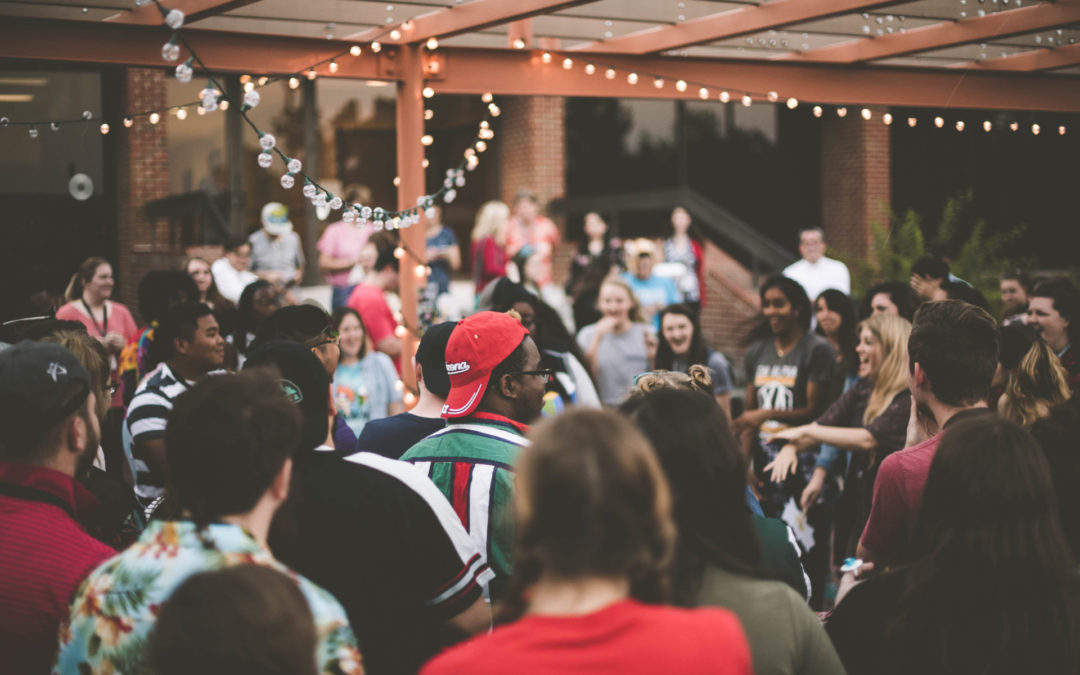
Invisible Disabilities: 80% of Disabled People Are Concerned!
Invisible Disabilities: 80% of Disabled People Are Concerned! Having a disability = using a wheelchair. That’s one persisting cliché! Actually, only 2% of people with disabilities are wheelchair users but 80% have invisible disabilities! What we mean by “invisible...
NEVER miss the latest news about the Smart City.
Sign up now for our newsletter.
Unsubscribe in one click. The information collected is confidential and kept safe.
powered by okeenea
The French leading company
on the accessibility market.
For more than 25 years, we have been developing architectural access solutions for buildings and streets. Everyday, we rethink today’s cities to transform them in smart cities accessible to everyone.
By creating solutions ever more tailored to the needs of people with disabilities, we push the limits, constantly improve the urban life and make the cities more enjoyable for the growing majority.



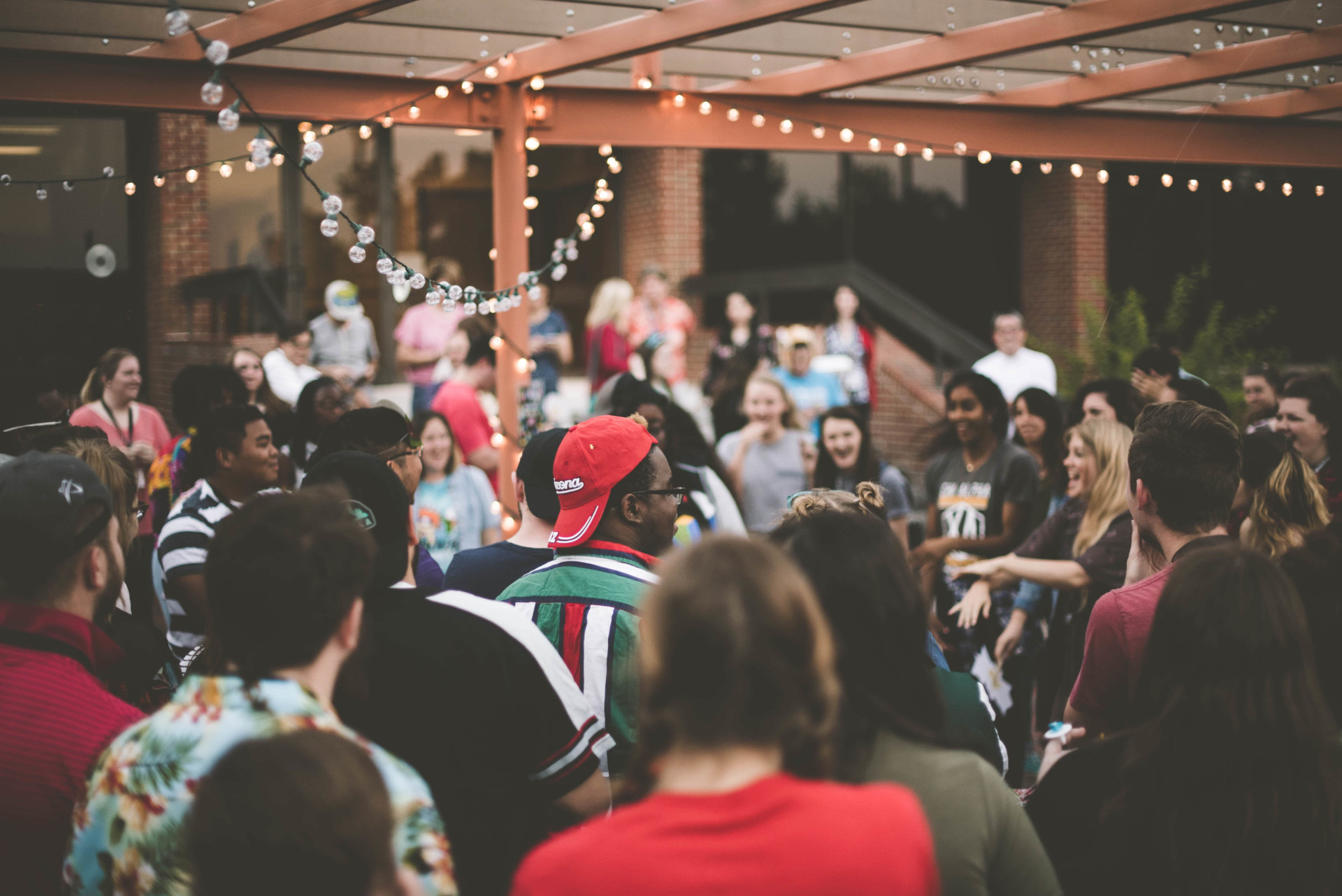
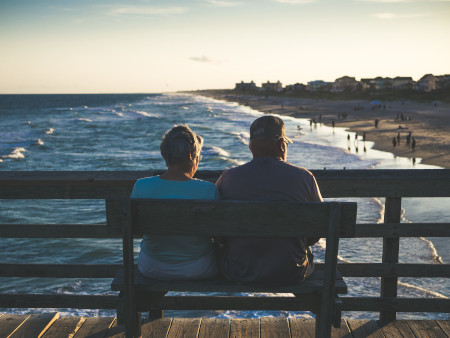



Recent Comments